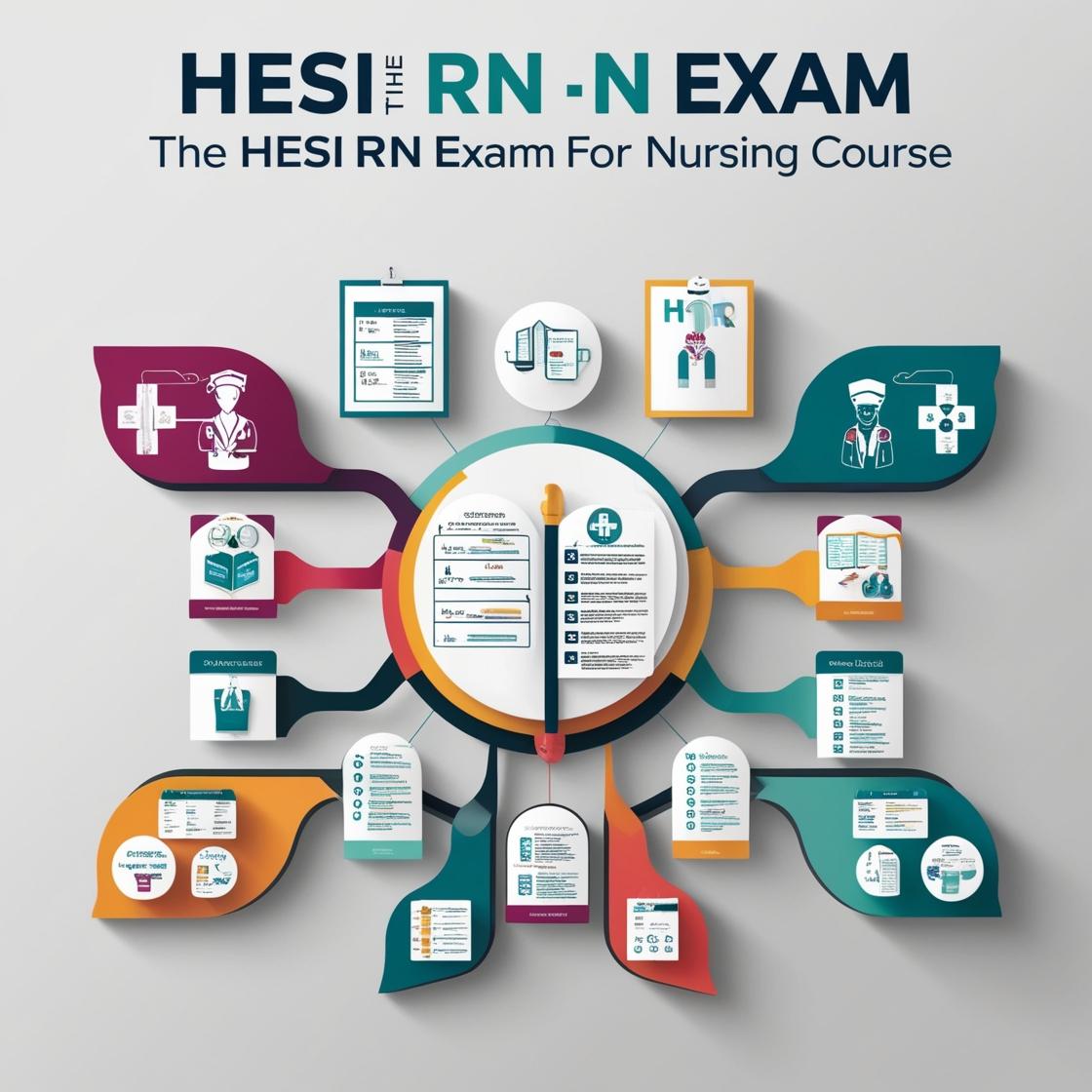HESI RN
Community Health HESI Quizlet
1. A client with a history of asthma is admitted with shortness of breath. Which assessment finding requires immediate intervention?
- A. Expiratory wheezes.
- B. Increased respiratory rate.
- C. Absence of breath sounds.
- D. Frequent coughing.
Correct answer: C
Rationale: The correct answer is C: Absence of breath sounds. This finding is concerning in a client with asthma as it may indicate a severe asthma exacerbation, airway obstruction, or pneumothorax, all of which require immediate intervention. Absence of breath sounds suggests a lack of airflow in the lungs, which is a critical sign that should prompt immediate action. Expiratory wheezes (choice A) are common in asthma and may not warrant immediate intervention unless severe. An increased respiratory rate (choice B) is expected in a client with asthma experiencing shortness of breath, but it does not indicate an immediate threat to the airway. Frequent coughing (choice D) is a common symptom in asthma exacerbations but does not signify an immediate need for intervention as it can be managed with appropriate asthma treatments.
2. The public health nurse is creating a plan to increase state funding for a local health clinic. Which strategy is likely to be most effective in obtaining funding for the clinic?
- A. Run the health clinic economically and promote the services the clinic provides.
- B. Organize concerned citizens to write letters and call state representatives.
- C. Highlight to the media the valuable services offered by the community clinic.
- D. Hire a professional lobbyist to convince Congress of the local clinic's value.
Correct answer: B
Rationale: Organizing concerned citizens to contact state representatives is likely the most effective strategy to secure state funding for the local health clinic. By mobilizing a group of citizens who are directly impacted by the clinic's services, the public health nurse can create a strong advocacy group that can influence decision-makers. Option A, running the health clinic economically and promoting its services, may be necessary but does not directly address the funding aspect. Option C, highlighting services to the media, may raise awareness but does not guarantee funding. Option D, hiring a professional lobbyist, may be costly and may not have the same grassroots impact as organizing citizens.
3. The school nurse is coaching a group of high school students on ways to deal with the stress of final exams. Today the class is focusing on healthy food choices for lunch in the school cafeteria. Which option should the nurse recommend?
- A. cheeseburger on a whole wheat bun, French fries, and a large cola beverage
- B. tuna casserole with peas and corn, a fresh apple, crackers, and orange juice
- C. fruit salad with fresh berries and oranges, chicken vegetable soup, and tea
- D. chef salad with turkey, ham, and ranch dressing, apple juice, and milk
Correct answer: C
Rationale: The recommended option for managing stress during final exams is a balanced and nutritious meal. Fruit salad with fresh berries and oranges, chicken vegetable soup, and tea offer a variety of nutrients and antioxidants that can help combat stress. Option A is not ideal as it includes high-fat and high-calorie foods. Option B is a good choice, but Option C provides a wider range of nutrients and hydration. Option D is a healthy choice with a variety of proteins and vitamins, but Option C offers lighter options that may be easier to digest during stressful times.
4. A community health nurse is addressing the issue of substance abuse in the community. Which intervention should be prioritized?
- A. Providing education on the dangers of substance abuse
- B. Setting up a support group for individuals struggling with addiction
- C. Partnering with local law enforcement to reduce drug availability
- D. Creating a confidential hotline for reporting substance abuse
Correct answer: D
Rationale: Creating a confidential hotline for reporting substance abuse should be prioritized because it offers a safe and accessible way for individuals to seek help and support for their substance abuse issues. This intervention allows individuals to report their concerns anonymously and seek guidance without fear of judgment or repercussions. Providing education on the dangers of substance abuse (Choice A) is important but may not be as immediately impactful as offering a direct avenue for help. Setting up a support group (Choice B) is valuable but may not reach as many individuals or provide the same level of anonymity as a confidential hotline. Partnering with law enforcement (Choice C) is crucial for addressing substance abuse issues from a legal perspective but may not directly address the immediate needs of individuals seeking help.
5. A community health nurse is conducting a program evaluation for a diabetes management class. Which measure best indicates the program's effectiveness?
- A. Number of participants attending each session
- B. Participant satisfaction with the class
- C. Reduction in participants' average blood glucose levels
- D. Improvement in participants' knowledge about diabetes
Correct answer: C
Rationale: The most effective measure to indicate the program's effectiveness in a diabetes management class is the reduction in participants' average blood glucose levels. This measure directly reflects the impact of the program on managing diabetes and improving health outcomes. Choices A and B may provide valuable information but do not directly assess the program's impact on managing diabetes. Choice D, improvement in participants' knowledge about diabetes, is important but may not directly translate into improved diabetes management without actual health outcome measurements like blood glucose levels.
Similar Questions

Access More Features
HESI RN Basic
$89/ 30 days
- 50,000 Questions with answers
- All HESI courses Coverage
- 30 days access @ $89
HESI RN Premium
$149.99/ 90 days
- 50,000 Questions with answers
- All HESI courses Coverage
- 30 days access @ $149.99
